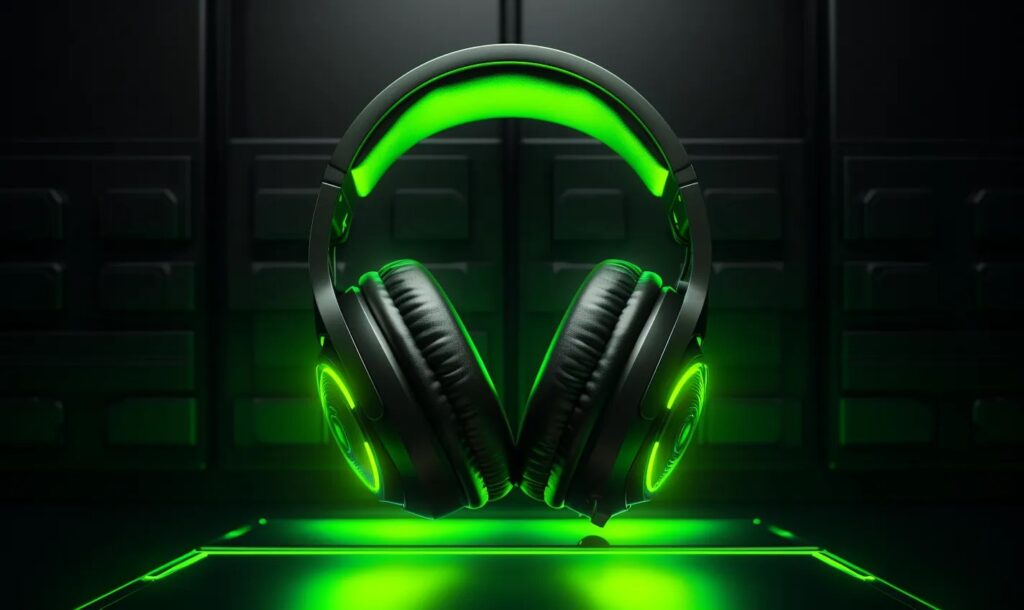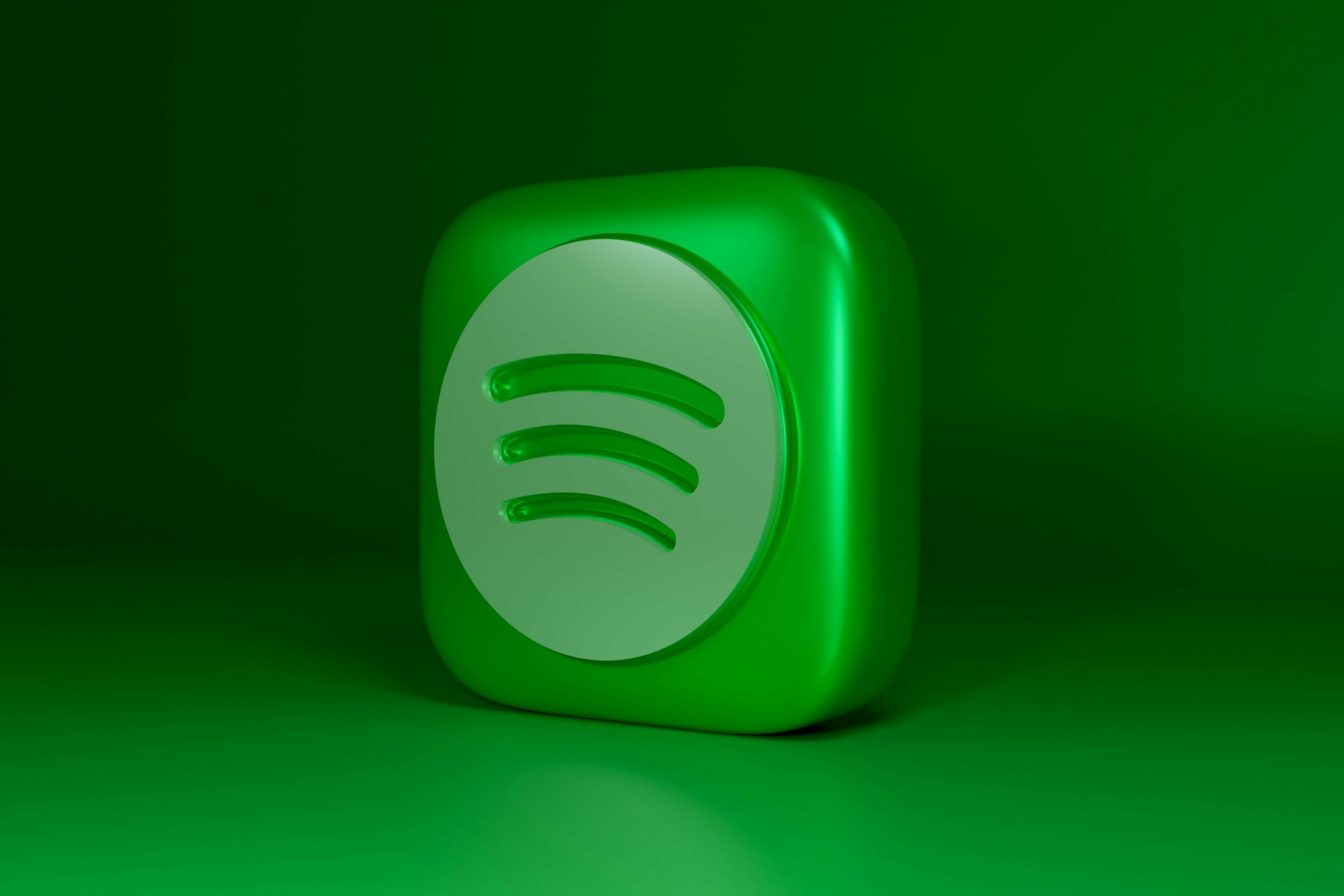You’re browsing Facebook on your smartphone when you suddenly receive a notification that it’s a friend’s birthday today. You almost forgot. Nice save, Mark Zuckerberg.
So you start to post a happy birthday message on your friend’s timeline: “Happy birthday, dear friend.” Except, whether you were typing too quickly or accidentally bumped into the wrong key, autocorrect kicks in. Before you know it, you’ve actually written, “Happy birthday, dead friend.”
Sound familiar?
Except for the BlackBerry, which is so last decade, today’s most popular smartphones – the iPhone, the Android and even the Windows models – rely solely on touch-screen technology. The same is true for most tablets and even the newest laptops. The problem is, the devices’ built-in virtual keyboards can present challenges, especially if you have large fingers or need to respond to a work email in a hurry while you’re away from your desk.
Fortunately, more and more tech companies are realizing that built-in virtual keyboards often create frustration, anxiety and inconveniences for their users. The solution? External touch-screen keyboards, some that even double as push-button keyboards precisely when you need them to.
Here are three innovative touch-screen keyboards that may make your life a little bit easier.
1. The Cool Leaf Keyboard
Price: $279.99
The thin, portable, sleek-looking Cool Leaf keyboard, developed by Japanese industrial designer Dr. Kazuo Kawasaki, boasts a flat, mirrorlike surface when the device is powered down. When you turn it on, the keyboard activates its backlight, which makes the characters light up so you can type even in dimly lit settings. The keys are large enough that you’re less likely to make typos than with a virtual keyboard.
The Cool Leaf comes with a mini-USB cable, so you can plug it into most desktop, laptop or notebook computers. Key features include multicharacter input – you can press up to five keys at a time, if you have the dexterity – the ability to adjust input sensitivity with five different levels and even the option to elevate the keyboard if you’d prefer to type at an angle that’s not flat.
According to the device’s reviews, another novel characteristic of the design is that it won’t self-destruct if you happen to spill liquids on it, unlike most smartphones and tablet screens. The package even comes with a microfiber cloth so you can quickly clean off fingerprints that will inevitably pollute the glass screen if you use the keyboard often.
The downside, say the reviews? The Cool Leaf isn’t so practical if you’re looking for a keyboard that lets you write thousands of words at a time, or if you’re a programmer who generates extensive lines of code. The device won’t give you any tactile feedback, so it’s best equipped for casual, shorter projects. Another issue is that, with its mirrorlike glass surface, you may have problems with reflection if you use your computer in a room that is subject to a significant amount of sunlight.
Even though you don’t have to worry about destroying the device with a minor spill, you won’t want to drop the Cool Leaf – the glass could easily shatter.
The bottom line? As long as you don’t intend to use the keyboard to pump out a Tolstoy-length novel or program your next complicated gaming app, the Cool Leaf could be a cool addition to your collection of high-tech gadgets.
2. The Tactus Tactile Layer
Price: To be determined
Unfortunately, the latest and greatest apps are usually no longer available for Research in Motion’s BlackBerry phone, but some people still swear by the so-called CrackBerry and have expressed excitement about the release of BlackBerry 10 OS. Their favorite feature, according to a recent user survey? BlackBerry’s famous push-button keyboard.
If you belong to the majority of tech fanatics, though, you probably own an iPhone or Android smartphone. Sometimes you wish you had the option to type with a BlackBerry-style keypad.
Not to worry, tech-savvy user. Your dream may soon become a reality.
Tactus Technology’s Tactile Layer keyboard, while still in its prototype phase, serves as both a touch-screen keyboard and a physical-button keyboard, all in one device.
Tactus, a California-based startup company, says the technology is still in its prototype phase, but it’s slated to become available on the market soon – and will sync up with your touch-screen smartphone, tablet or other device that typically requires some sleight of hand.
So how, exactly, does this novel hardware work?
The Tactile Layer keyboard uses a technology called microfluids. These fluids have the ability to be routed to the outer, tactile layer of the keyboard and expand that layer to produce physical buttons, similar to those of a BlackBerry. When you’re finished using the device, the buttons recede back into the keyboard, which has the advantage of being small, slim and super-portable.
Tactus Technology even hopes to incorporate this technology into automotive displays like your typical global positioning system (GPS). This feature may just save drivers navigating their surroundings from finding themselves in an accident – instead of at their destination – because of touch-screen malfunctions.
The drawbacks are the same as with any prototype: The technology is not perfect quite yet. Pilot tests of the device revealed that the keys make noise when they’re activated. In addition, there’s currently no way to use the device in both portrait and landscape mode. Developers are also working to improve the durability of the keyboard. In its current state, it’s still a bit fragile.
These flaws are nothing a few engineers can’t handle. Overall, the product shows some significant promise in the next few years. At the 2013 Consumer Electronics Show, attendees had a positive response to the technology, including, particularly, the visually impaired.
3. The Keys-to-Go
Price: $69.99
Not convinced yet by the touch-screen keyboards? You have other options, too. How about Logitech’s Keys-to-Go?
This compact (not touch-screen) keyboard is known best for its portability because it’s very light in weight. At 6 ounces, it’s not even as heavy as your average soda bottle.
If you’re an Apple fanatic, the Keys-to-Go keyboard is super-compatible with any of your iOS devices, from your iPhone to your iPad and even your Apple TV, which eliminates the frustration of having to navigate to each character with your remote controller. The device even supports the use of your Bluetooth technology. Like the Tactile Layer, the keyboard is resistant to spills.
The ratings of the product are mostly positive. Key features include convenience, portability, adjustable angles, battery power that lasts longer than most other keyboards and its ability to serve as a screen cover when it’s powered off.
Like any device, the Keys-to-Go isn’t a panacea for all of your problems. Some reviewers mourn the lack of a lock key that they’re used to with other technologies. In addition, consumers have reported that, maybe because it’s so slim, the keyboard wiggles if you try to type on it too aggressively. It can be annoying to have to constantly adjust the device’s positioning, especially when you’re working under deadline.
One of the major advantages users report is that typing on this portable keyboard is super-quiet, so you can bring it to an airport and not worry about bothering your neighbors. Also, since it’s so light, it’ll fit right into your carry-on bag.
The Bottom Line
If you’re sick of your thick fingers or quick typing making your autocorrect go nuts, you may want to invest in an external keyboard for your devices.
You can still feel futuristic by utilizing touch-screen technology, but you’ll have more room to work with – and sometimes the option to even have the keys pop out and become push-buttons.
So next time your friend is in the hospital and you want to say “Get well soon,” you’re less likely to type it as the incomprehensible “Get well spoon.”
Recent Stories
Follow Us On
Get the latest tech stories and news in seconds!
Sign up for our newsletter below to receive updates about technology trends














